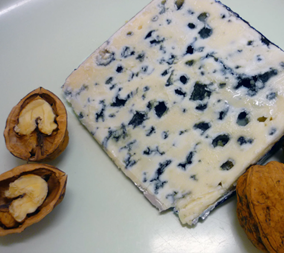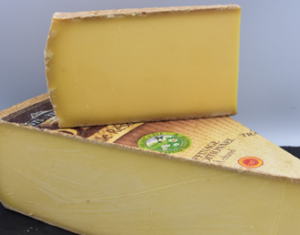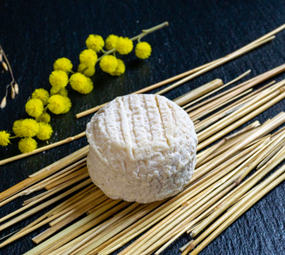France, often referred to as “the country of cheese”, is renowned for its diversity and rich cheese. With over 1,000 varieties, each French region offers unique cheeses, shaped by centuries of tradition and know-how. This article explores some of these iconic varieties and their regional history.
Île-de-France : Brie
Brie, known as its Meaux and Melun variants, is a soft cheese with a flowery crust. Originating from the Île-de-France region, Brie de Meaux is often called “King of cheeses”. Its production dates back to the Middle Ages, when it was appreciated by kings and peasants. The Brie de Melun, smaller and stronger in taste, is also from this ancestral tradition.

Normandie : Camembert
Camembert is probably the most famous French cheese, and was born in Normandy at the end of the 18th century. It owes its name to the village of Camembert. Made from raw cow’s milk, it develops a flowery crust and creamy paste. Legend has it that it was created by Marie Harel, a Norman farmer, who received the recipe from a refractory priest during the French Revolution.

Occitanie : Roquefort
Roquefort, often referred to as the “king of blue cheeses”, is a blue-veined cheese made from sheep’s milk. It takes its name from the village of Roquefort-sur-Soulzon. Its manufacture and aging in natural cellars of the region date back to antiquity. According to legend, a shepherd discovered this cheese by forgetting his bread and sheep’s milk in a cave.

Franche-Comté : Comté
The Comté is a pressed cheese, produced in the mountainous region of the Jura. Made from raw milk of Montbéliarde or Simmental cows, it is aged for several months or even years in special cellars. The Comté has its roots in the Middle Ages, where it was made in fruit-making cheese cooperatives.

Val de Loire : Chèvre
Goat cheese, or “goat”, is a specialty of the Loire Valley. The region produces an impressive variety of goat cheeses, including Crottin de Chavignol, Selles-sur-Cher and Valençay. These cheeses are often associated with medieval monasteries, where monks perfected the techniques of making cheese.

Alsace et Lorraine : Munster
Munster is a soft cheese with a washed rind, originating from the regions of Alsace and Lorraine. Its name comes from the monastery of Munster, where it was created by Benedictine monks in the 7th century. Munster is known for its strong smell and powerful taste, characteristics obtained thanks to its maturation in a wet cellar.

Savoie : Reblochon
The Reblochon is a pressed uncooked cheese, originating from the valley of Thônes in Haute-Savoie. Its name comes from the term “reblocher”, which means “milking a second time” in Savoyard patois. This cheese dates back to the 13th century, when Savoyard farmers were truking the first milking to avoid taxes, then the second milking, richer in cream, was used to make the Reblochon.

In conclusion
The diversity of French cheeses reflects the cultural and historical richness of its regions. Each variety tells a story, often secular, made of traditions and know-how passed on from generation to generation. Whether you are a fan of sweet, creamy, strong or spicy cheeses, France offers an unrivaled cheese heritage to discover and savour.
Want to discover more cheeses from France?
Visit the List of French cheeses page on Wikipedia: